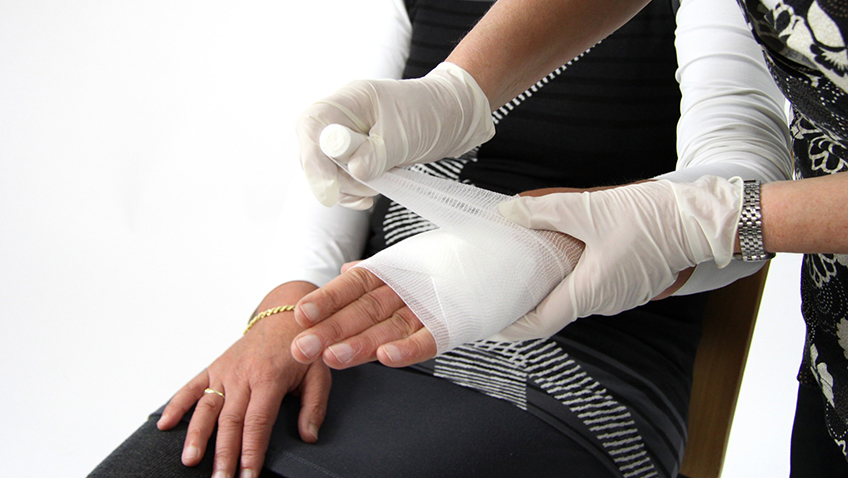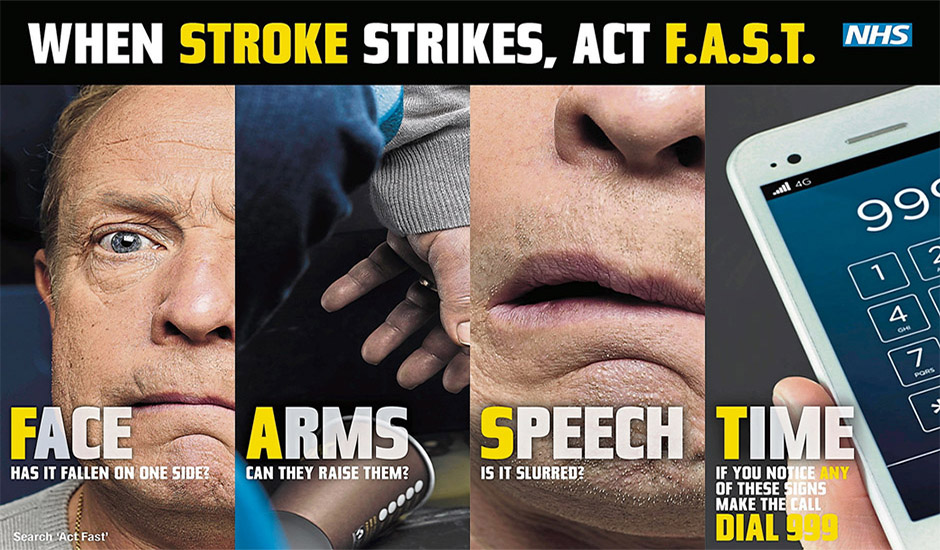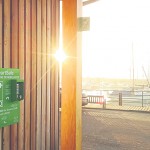The St John Ambulance share some top tips with us at MT on basic first aid
Knowing first aid is more than knowing how to put on a plaster, or apply a bandage; it can be the difference between a life lost and a life saved.
Shockingly, a recent survey has found that 95% of UK adults wouldn’t know how to give life saving first aid in the event of an emergency; whether this is someone who was unresponsive and not breathing, or someone suffering a heart attack.
To ensure that as many people as possible have the knowledge and skills to save a life, the nation’s leading first aid charity, St John Ambulance has given some advice on some of the most common conditions and aliments.
Stroke
A stroke can occur when blood supply to the brain is disrupted and starves the brain of oxygen. A stroke is a medical emergency and you need to act FAST.
Use the acronym FAST to identify a stroke:
F Facial weakness, an uneven smile or droopy mouth or eye.
A Arm weakness. Check they can raise both arms.
S Speech problems. Can they speak clearly?
T Time to call 999/112 for emergency help . Reassure the patient, keep them comfortable and monitor level of response.
Falls
Falls are common incidences to occur, and while most of the time we escape with a small bruise, sometimes we do more damage to ourselves and can suffer a sprain, strain or fracture.
Sometimes it can be hard to tell the difference between a strain/sprain and a fracture; they all can be painful, tender and swollen. If you are unable to bear weight on the limb, if there is any obvious deformity or have any doubts about the seriousness of the injury then always seek medical advice.
Fractures (broken bones)
A break or crack in a bone is called a fracture. In an open fracture a broken bone may pierce the skin surface. But in a closed fracture the skin around the facture is intact. However, broken bones may be unstable causing internal bleeding and the casualty may develop shock.
There are seven things to look for:
- Swelling.
- Difficulty moving.
- Movement in an unnatural direction.
- A limb that looks shorter, twisted or bent.
- A grating noise or feeling.
- Loss of strength.
- Shock.
What you need to do:
- If there’s an open fracture, cover the wound with a sterile dressing. Apply pressure around the wound, not over a protruding bone, and secure with a bandage.
- Support the injured part above and below the joint and place padding around injury.
- Call 999/112 for emergency help. Do not move the casualty unless you have secured the limb.
- Treat for shock (if necessary).
- Monitor breathing and level of response.
Sprains and strains
Injuries to the soft structure around the bones and joints are commonly called strains and sprains.
What to look for:
- Pain and tenderness.
- Swelling and bruising.
- Difficulty moving the injured area, especially if it’s a joint.
What to do:
R Rest the injured part.
I Apply an ice pack.
C Provide comfortable support.
• Check the circulation every 10 minutes.
E Elevate the injured part.
• Advise them to rest.
• If the pain is severe or the casualty is unable to move, seek medical advice.
Cardiac arrest
A cardiac arrest happens when someone’s heart stops. If someone has become unresponsive and they are not breathing normally, or at all, they could be in cardiac arrest and you need to act quickly.
What to do if someone is having a cardiac arrest:
- Call 999/112 for emergency help. Don’t leave them unattended and use a defibrillator if available.
- Start CPR. Give 30 chest compressions and then 2 rescue breaths. Repeat 30:2 until help arrives.
- If a defibrillator is available:
• Ask a helper to switch on the defibrillator and apply pads while you continue CPR.
• Follow the voice prompts given by the defibrillator.
• Stand back when shock is advised. - If the patient becomes responsive, put them in the recovery position, leave the defibrillator pads attached and monitor level of response.
Heart attack
A heart attack happens when the supply of blood to part of the heart is suddenly blocked, usually by a blood clot. If someone is suffering from a heart attack, they may:
- Have crushing pain in the centre of their chest, that may spread to their jaw and down one or both arms.
- Be breathless or gasping for breath.
- Be sweating profusely.
- Experience pain similar to indigestion.
- Collapse without warning.
- Complain of dizziness.
- Have pale skin and their lips may have a blue tinge.
- Have a rapid, weak or irregular pulse.
- Have a feeling of impending doom.
What to do:
- Call 999/112 and tell them you suspect a heart attack.
- Sit the casualty down with their head and shoulders supported and knees bent and help them use angina medication if they have it.
- Give them 300mg of aspirin to chew. NOTE: Do not give aspirin to anyone under the age of 16 or if they are allergic.
- Monitor their level of response.
For more information, please visit www.sja.org.uk or call 08700 104 950






